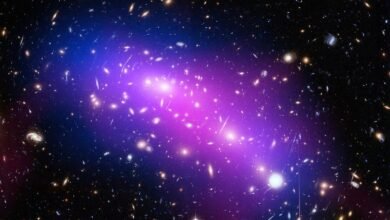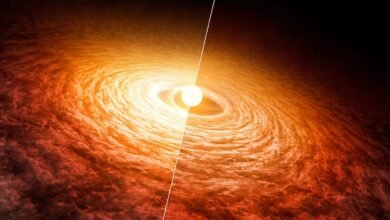What created more light: the Big Bang or stars? | by Ethan Siegel | Starts With A Bang! | Oct, 2024

The Universe has been creating stars for nearly all 13.8 billion years of its history. But those photons can’t match the Big Bang’s light.
Although time might seem to pass slowly in some instances, it’s important to remember that our Universe has been around for a long time. It’s been 13.8 billion years since the hot Big Bang, and our entire cosmos has evolved by quite a large amount over that duration. As of right now, our cosmic vision extends for some 46.1 billion light-years in all directions, revealing somewhere between and estimated 6 and 20 trillion galaxies in the process. Among the typical large galaxies, there’s an average of hundreds of billions of stars contained inside; although most galaxies are small and low in mass, this still adds up to a cumulative 2 × 10²¹ stars.
Inside them, each star is made of perhaps an average of around 10⁵⁷ atoms. There’s a lot that’s happened in our Universe, but most of it — including the formation of most stars — is a part of our cosmic past, not our present or future. In fact, we can reconstruct the entire star-formation history of the Universe via a variety of methods, including by surveying the stars and galaxies found at all different epochs throughout cosmic history. One important piece of evidence…
Source link





